Pollination is something that just kind of happens, that we don’t really see, and don’t have to do anything about. At least for the typical person. But holy cow, is it important! Pollination is how plants reproduce and continue to provide us with food, fiber, fuel, and more. Human life depends on plants being pollinated.
There are various methods of pollination: insects (both flying and not), mammals, birds, wind, and water. They are all important, but as humans, we tend to care most about the group referred to as “pollinators”, the living parts of that list. According to the Food and Agriculture Organization, 87 of the leading food crops worldwide are supported by pollinators.
The same FAO document shares an estimation that the value of global crops that rely directly on pollinators is between 235 and 577 billion US dollars. That’s a seriously wide-ranging estimate, but either way, the value is huge. We are also producing ever increasing amounts of crops that are dependent on pollinators. The volume has increased 300 percent in the last 50 years.
These are a few of our favorite things
The list of crops requiring pollinators includes some of my favorite foods, and I assume they are some of yours as well. Normally, assuming isn’t a great thing, but in this case I’m very confident. Why? Because things like chocolate, almonds, coffee, watermelon, and avocados rely on pollinators. Some of these things, along with other important food crops, can have some level of self-pollination or wind-pollination, but pollinators lead to higher yields and quality.
Was I safe in my assumption that you also really like those things? For reference, crops that are pollinated by wind include corn, wheat, and rice. These are also wonderful food crops, but on their own lead to a diet lacking in variety and some vital nutrients.
Pollination isn’t just a bee thing
Often, when we think of pollinators, we think of bees. It makes sense – we talk about them all the time. Bees are brought up in discussions about pesticides and agriculture, allergies, stings, honey, and much more. They are a hot topic and often pollinate crops we see in the United States. Worldwide, and considering both food and nonfood crops, we are looking at a much larger list of critters. Let’s go over that list and talk about some of the notable facts associated with each group.
Butterflies and moths: Not all plants and flowers are built well for pollination by moths and butterflies because of their shape or the location of the pollen production. However, plants like milkweed, honeysuckle, verbena, and the yucca plant, often rely on these insects.
Birds: According to Encyclopedia Britannica, birds are perhaps more important to pollination in the tropics than insects, which is kind of crazy to think about. Hummingbirds, some parrots, sunbirds, and honeycreepers, are part of a list of about 2,000 bird species that pollinate plants and flowers. Interestingly, bird eyes have sensitivity to the color red, so many plants pollinated by birds have red flowers. This list includes red columbine, hibiscus, and members of the orchid and pineapple families.
Mammals: I don’t know about you, but when thinking of pollination, my mind would never conjure a picture of a lemur or possum. However, there are a couple members of those families who are responsible for pollinating flowers in Australia and Madagascar, respectively. Bats also do some pollinating. Fun/gross tidbit: bats are attracted to flowers with a rancid or urinelike smell, like the flowers on the kapok tree. Bats also help with the pollination of saguaro cacti.
Beetles and flies: I just learned about a plant (the cuckoopint) that attracts flies, traps them inside their flowers, rains down pollen on the flies, and later lets them escape, covered in pollen to take to another flower. Nature is wild, y’all. And who would have ever thought that beetles contributed to the pollination of things like wild roses, peonies, and poppies?
Wasps: In yet another example of crazy pollination, we have figs. Figs are pollinated by wasps and every fig you eat actually includes a wasp. Don’t worry, following the wasp pollinating the fig flower and the flower trapping it inside, enzymes in the fig break down the body of the wasp and it’s just absorbed into the fruit.
See, not just bees
Pollinators are so important that thirteen years ago, Congress designated this week in June to be National Pollinator Week. All of the ecosystems on our planet are maintained by far more than just bees. However, bees are so so important to the continued food production to feed our ever-growing population.
Leave a Reply
Previous Post
Next Post
Food companies often use fear and misconceptions to market their product. Enter your email below and you'll have 5 ways to beat them at their sneaky game.
5 Food Label Secrets to Save Big $$$ at the Grocery Store
oh, yes please
FREE DOWNLOAD
The Olive Branch
Offering first-hand perspective on farming and our food supply
Home
About
consulting
resources
Contact
the blog
Follow along on Instagram
@theolivebranch_j
The olive branch 2024 | design by tonic
ag Tours
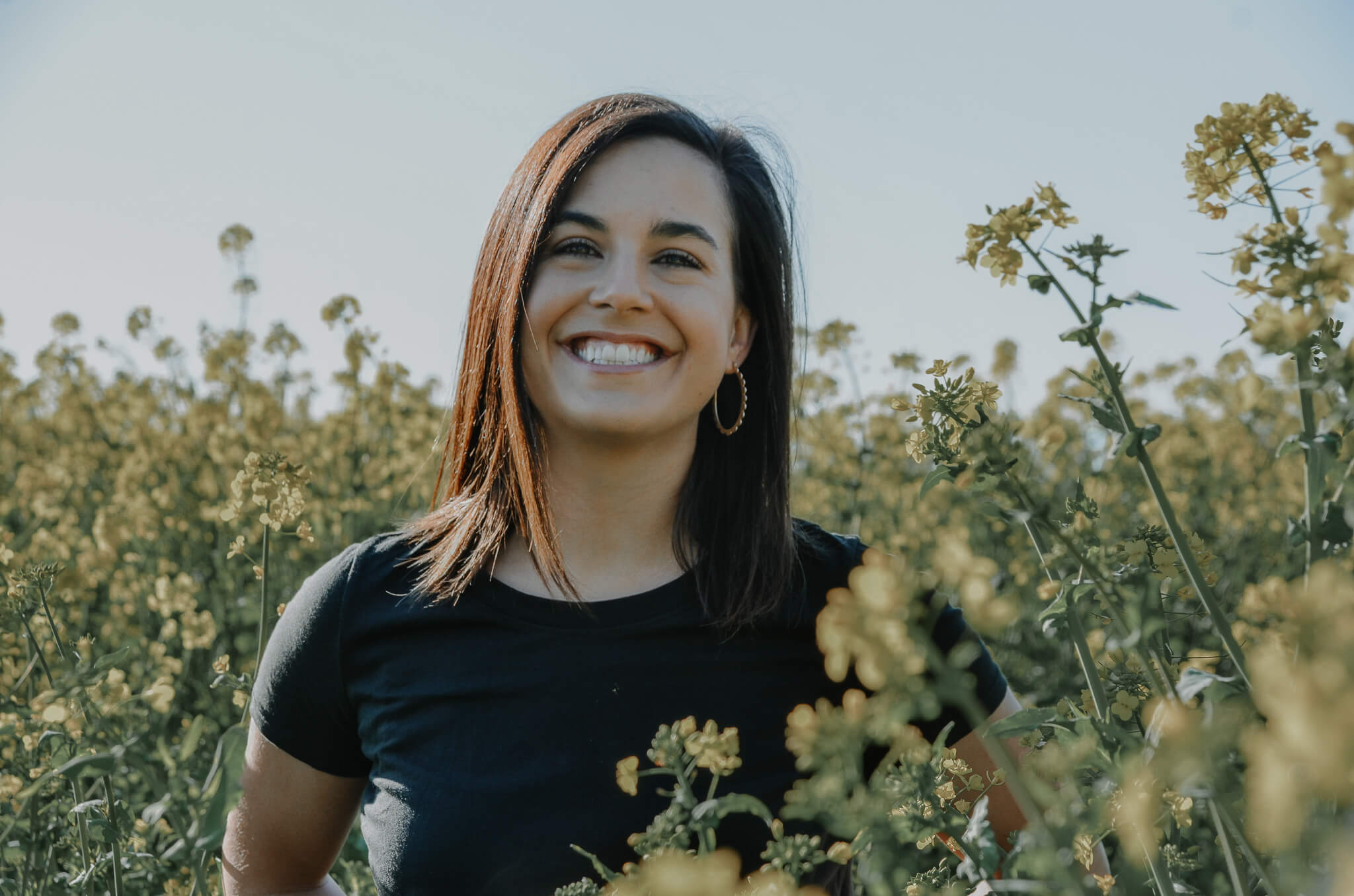
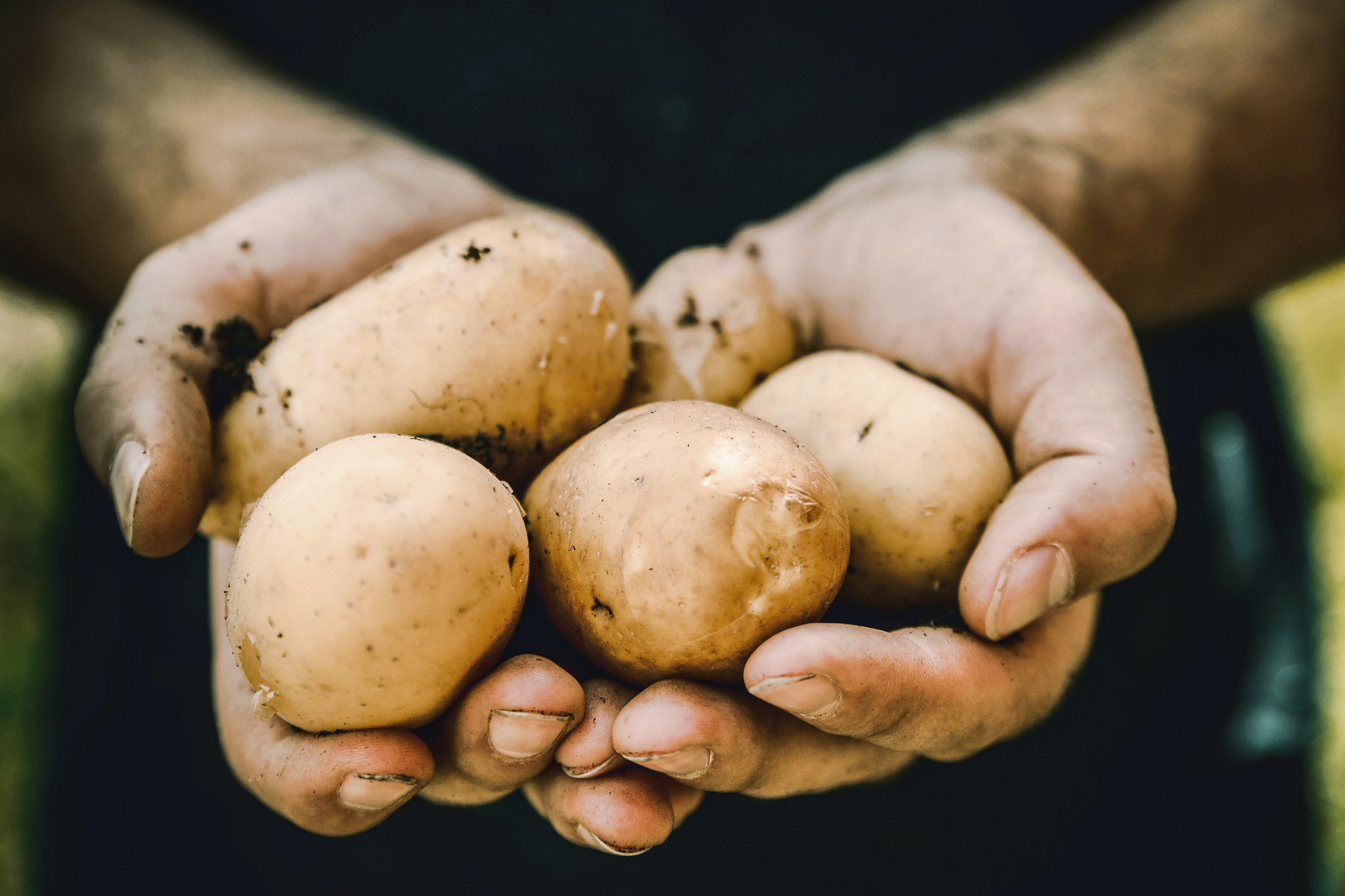
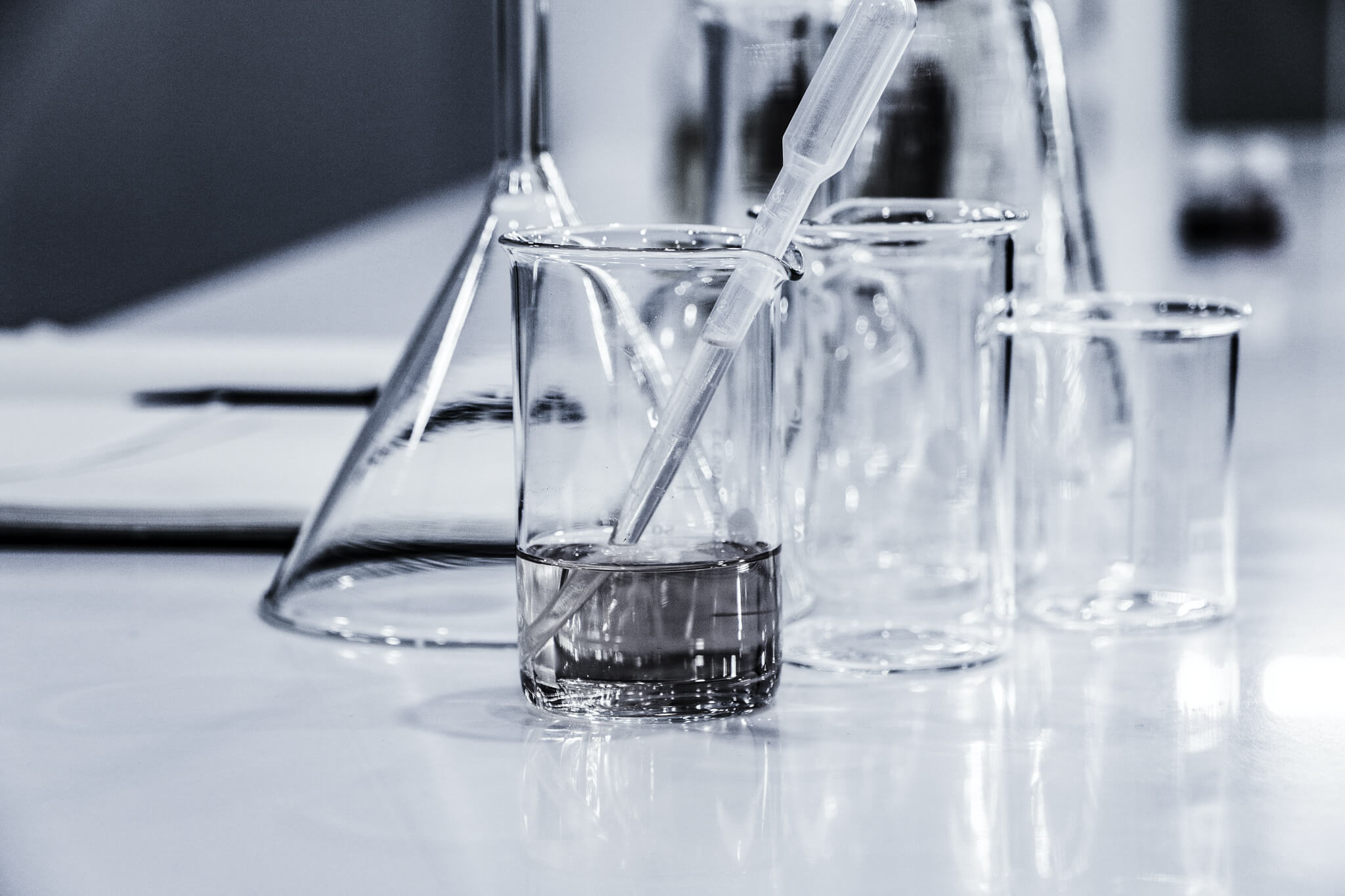
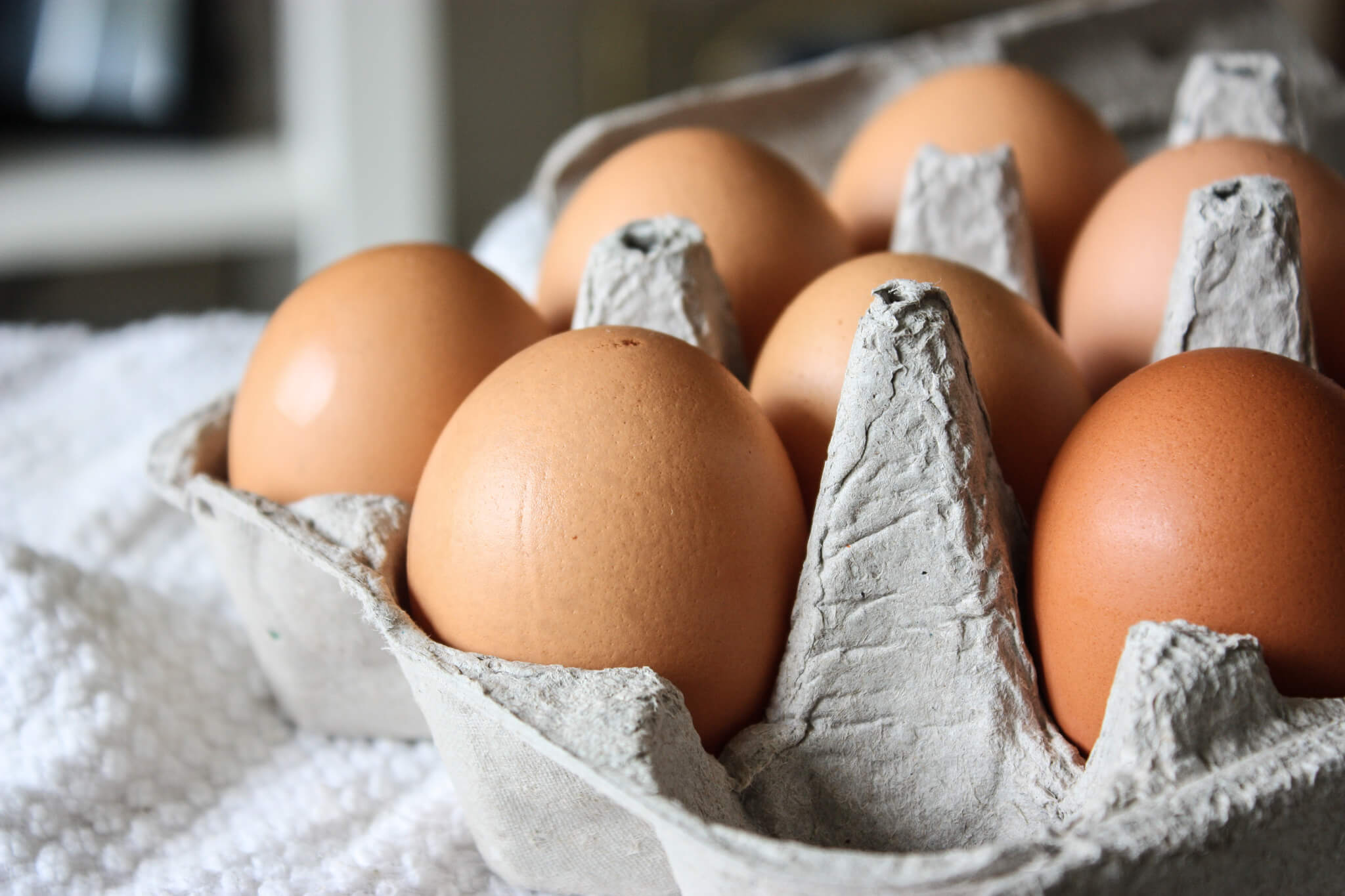
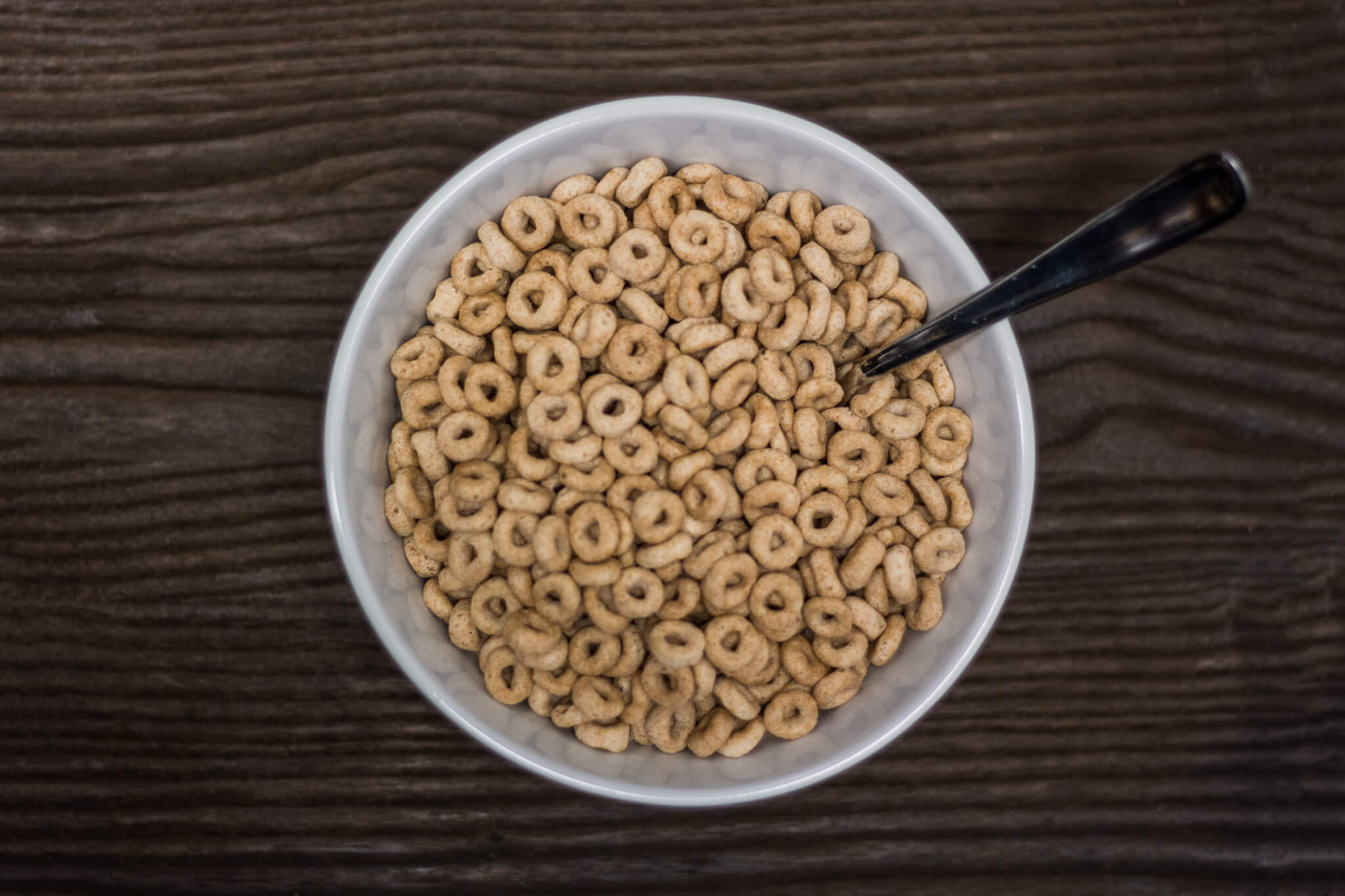
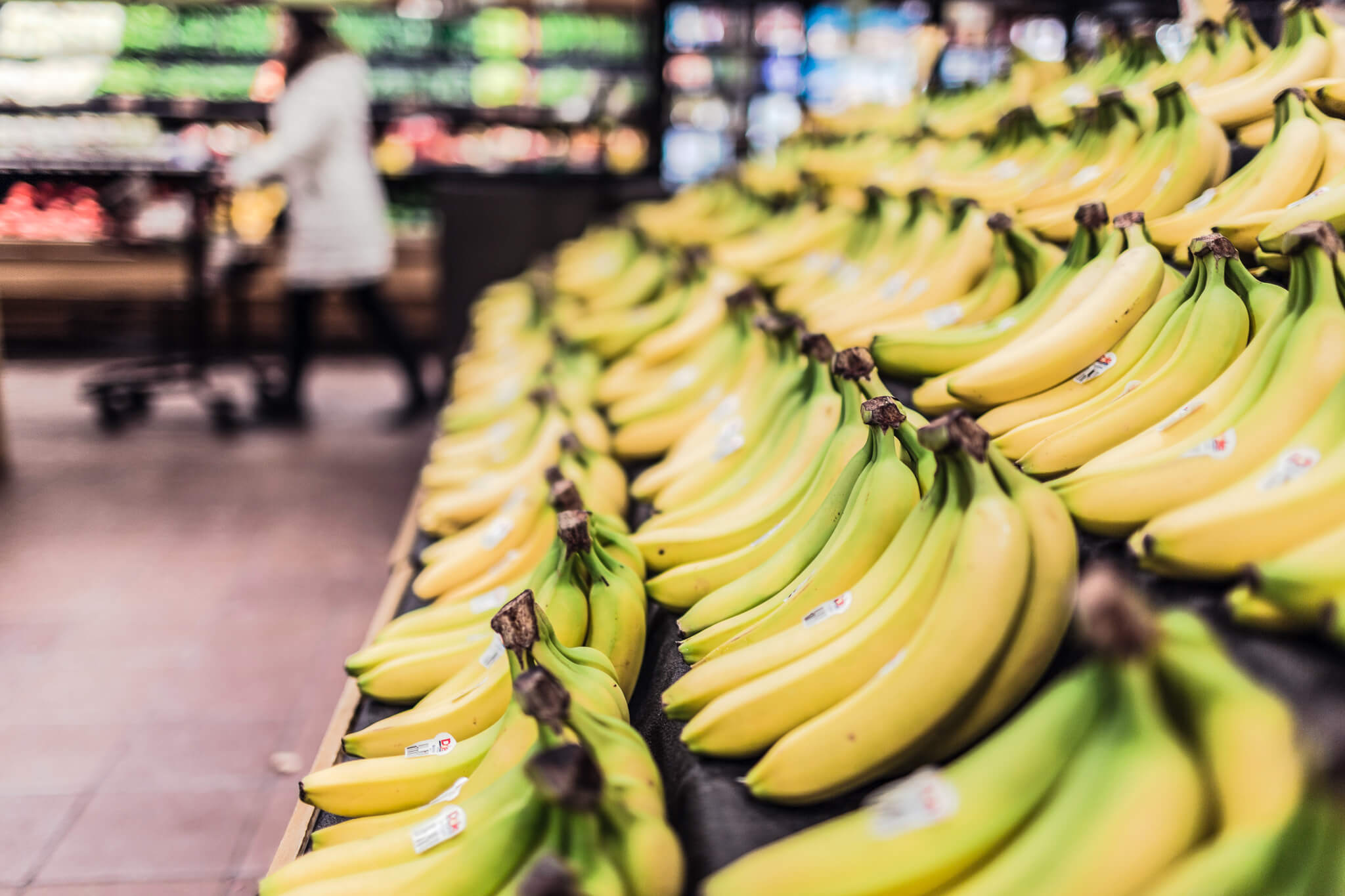
I love pollination. My flowers in the summer wouldn’t be here without it. But yes, pollinating the foods that are grown by farmers to feed the world, muy importante!
It’s so nice that the pollinators give us beautiful things to look at, as well as food to nourish!